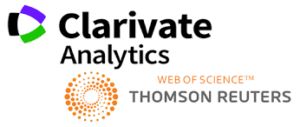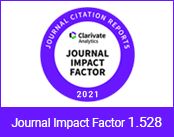Title : JOBSHIELD ANALYTICS: COMPARING MACHINE LEARNING APPROACHES IN FRAUD DETECTION
Author : Harika gajjala, Chinnam shiva shankar,Mohd afroz ahmed
Abstract :
In recent times, the proliferation of modern technology and widespread social communication has led to a surge in job advertisements, making the detection of fake job postings a critical concern. Predicting the authenticity of job posts poses substantial challenges in the realm of classification tasks. This study proposes leveraging various data mining techniques and classification algorithms, including K-Nearest Neighbors (KNN), Decision Tree, Support Vector Machine (SVM), Naïve Bayes Classifier, Random Forest Classifier, Multilayer Perceptron, and Deep Neural Network (DNN), to discern whether a job post is genuine or fraudulent. The experimentation is conducted on the Employment Scam Aegean Dataset (EMSCAD), comprising 18,000 samples. Notably, the Deep Neural Network emerges as a formidable classifier, exhibiting exceptional performance in this classification task. The employed DNN architecture comprises three dense layers, achieving an impressive classification accuracy of approxim




